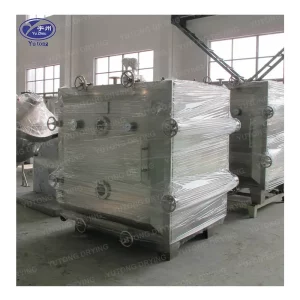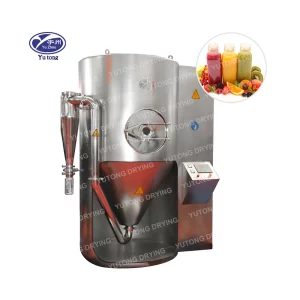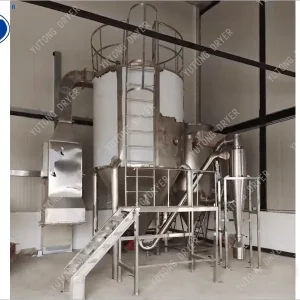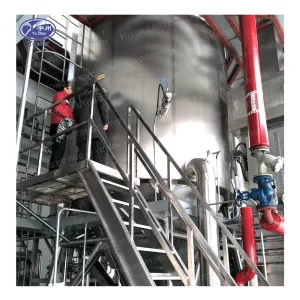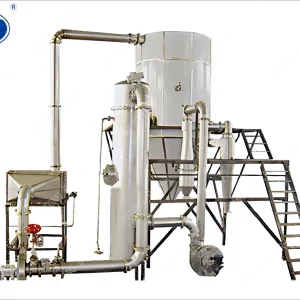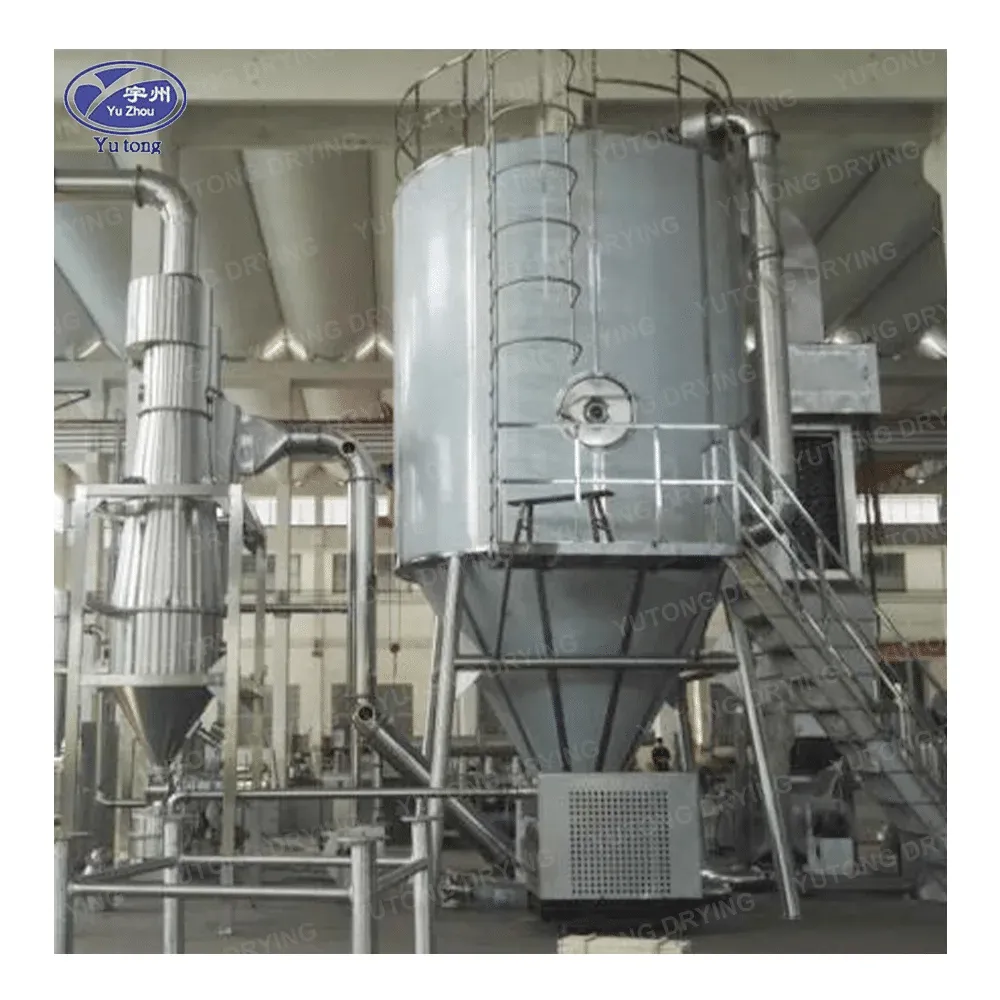In the quest for longer-lasting and high-quality food preservation methods, vacuum drying has emerged as a promising technique. Vacuum drying offers several distinct advantages over traditional preservation methods, making it an attractive option for food manufacturers, home preservers, and those concerned with food safety and quality. In this article, we will explore the advantages of preserving food by vacuum drying.
Food preservation is essential to ensure a stable food supply, reduce waste, and maintain the nutritional value and quality of food products. Vacuum drying is a process that removes moisture from food under reduced pressure, creating a stable environment that inhibits the growth of bacteria, fungi, and other microorganisms. This method of preservation can extend the shelf life of food significantly and preserve its flavor, texture, and nutritional content.
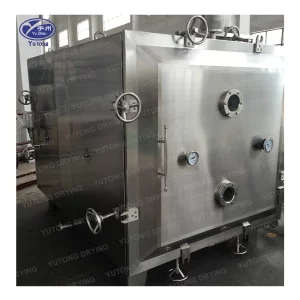
The Process of Vacuum Drying
1. Principle of Operation
Vacuum drying works by lowering the pressure inside a drying chamber, which causes the boiling point of water to decrease. As a result, moisture in the food can be removed at lower temperatures compared to traditional drying methods.
The reduced pressure also helps to prevent oxidation and degradation of sensitive food components, such as vitamins, antioxidants, and flavors.
2. Equipment and Setup
Vacuum drying equipment typically consists of a drying chamber, a vacuum pump, a heating system, and a control unit. The food to be dried is placed in the drying chamber, and the vacuum pump is used to create a low-pressure environment.
The heating system provides the necessary heat to evaporate the moisture from the food. The control unit monitors and regulates the temperature, pressure, and drying time to ensure optimal drying conditions.
Advantages of Vacuum Drying for Food Preservation
1. Extended Shelf Life
One of the main advantages of vacuum drying is its ability to extend the shelf life of food. By removing moisture and creating a low-oxygen environment, vacuum drying inhibits the growth of microorganisms that cause spoilage.
This can result in a significant increase in the shelf life of food products, from weeks to months or even years, depending on the type of food and the drying conditions.
2. Preservation of Nutritional Value
Vacuum drying can help preserve the nutritional value of food by minimizing the degradation of heat-sensitive nutrients. Since the drying process occurs at lower temperatures compared to traditional methods, vitamins, antioxidants, and other beneficial compounds are less likely to be destroyed.
This makes vacuum-dried foods a healthier option compared to foods preserved by other methods that may involve high temperatures or chemical additives.
3. Retention of Flavor and Aroma
Vacuum drying can also help retain the flavor and aroma of food. The low-temperature drying process helps to preserve the volatile compounds that contribute to the taste and smell of food.
This is especially important for delicate foods such as fruits, herbs, and spices, where the flavor and aroma can be easily lost during traditional drying methods.
4. Reduced Oxidation and Degradation
The low-oxygen environment created by vacuum drying helps to reduce oxidation and degradation of food components. Oxidation can cause discoloration, off-flavors, and a loss of nutritional value.
By minimizing oxidation, vacuum drying can help maintain the quality and appearance of food products for a longer period.
5. Compact Storage and Portability
Vacuum-dried foods are often lightweight and compact, making them easy to store and transport. This is particularly useful for camping, hiking, and other outdoor activities where space and weight are limited.
Vacuum-dried foods can also be stored for long periods without taking up much space, making them a convenient option for emergency food supplies.
6. Versatility in Food Preservation
Vacuum drying can be used to preserve a wide variety of foods, including fruits, vegetables, meats, fish, dairy products, and grains. It can also be used to dry herbs, spices, and other ingredients for culinary use.
The versatility of vacuum drying makes it a valuable tool for food preservation in different industries and applications.
Comparison with Other Preservation Methods
1. Traditional Drying Methods
Compared to traditional drying methods such as sun drying or air drying, vacuum drying offers several advantages. Traditional drying methods are often slow and can be affected by weather conditions, leading to inconsistent drying and quality.
Vacuum drying, on the other hand, is a controlled process that can be carried out in a closed environment, ensuring consistent drying conditions and quality. Additionally, vacuum drying can remove moisture more efficiently, resulting in a shorter drying time and better preservation of food quality.
2. Freezing and Canning
While freezing and canning are also popular methods of food preservation, they have their limitations. Freezing requires a constant supply of electricity and can take up a lot of space in freezers. Canning involves the use of heat and pressure, which can affect the nutritional value and flavor of food.
Vacuum drying offers an alternative preservation method that does not require electricity or the use of heat and pressure. It can also preserve food for longer periods without the need for refrigeration or special storage conditions.
Considerations and Limitations of Vacuum Drying
1. Cost and Equipment
Vacuum drying equipment can be expensive to purchase and maintain. Additionally, the process requires a certain level of technical expertise and knowledge to operate effectively.
However, for large-scale food manufacturers or those with a high volume of food to preserve, the investment in vacuum drying equipment may be justified in the long run.
2. Moisture Content and Rehydration
Vacuum-dried foods have a very low moisture content, which can make them difficult to rehydrate. Some foods may require special rehydration techniques or longer soaking times to restore their original texture and flavor.
It is important to consider the rehydration properties of vacuum-dried foods when planning to use them in recipes or for consumption.
3. Sensitivity to Oxygen and Light
Although vacuum drying creates a low-oxygen environment, some foods may still be sensitive to oxygen and light after drying. Proper packaging and storage are essential to protect vacuum-dried foods from exposure to oxygen and light, which can cause oxidation and degradation.
Vacuum drying offers several significant advantages for food preservation, including extended shelf life, preservation of nutritional value, retention of flavor and aroma, reduced oxidation and degradation, compact storage and portability, and versatility in food preservation. While there are some considerations and limitations to using vacuum drying, it can be a valuable tool for food manufacturers, home preservers, and those concerned with food safety and quality. By understanding the advantages and limitations of vacuum drying, you can make an informed decision about whether this preservation method is right for your specific needs.

